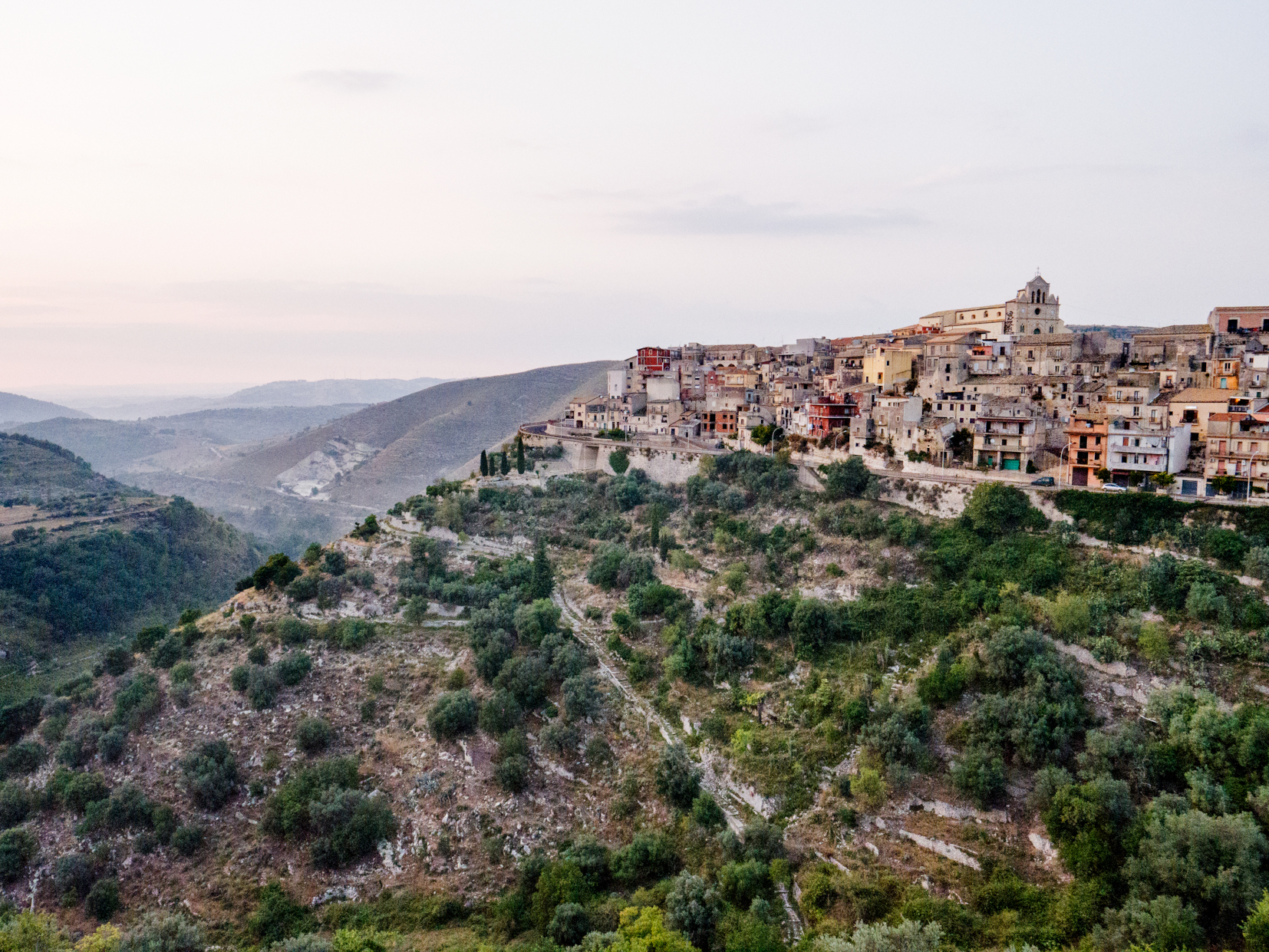Monterosso Almo is home to three thousand people. It is not a village, but a place that exists outside of human time and space.
Monti Iblei’s first and last municipality, the Province of Salvo Montalbano Salvo. Sorry… Ragusa. It is situated at 700m above sea level. In winter, it is cold and you can find some snow. In autumn, there are delicious fresh mushrooms that you can enjoy in the informal cafes around town.
Let’s go to Monterosso by SS194 from Ragusa. This old road connects Catania and Ragusa. It is almost like riding a bicycle on a mountain circuit. There are bends, rocks, and lush vegetation that contrast with the beauty of the hills. You can also stop at the quarries to get water from the rocks.
Monterosso is suddenly seen as clinging to a mountain. It was definitely inhabited in ancient times. The necropolis at Monte Cassia dates back to the seventh-century BC. The extended Canalazzo Forest Park contains the necropolis, which is surrounded by beautiful hiking or cycling trails.
Throughout history, the town has had its share of failures and successes. The reconstruction of the 1693 earthquake destroyed the town’s original structure. The village was known as Monte Jahalmo in 1168, when it existed.
The village was eventually under the control of Count Enrico Rosso. It then passed to the County Modica. First under Federico Chiaramonte, then to the Cabrera clan. The village’s noble families’ palaces are a testament to the town’s vocation and dynamics: the Cocuzza’s magnificent house, the elegant Burgio’s palace from the eighteenth century, the convents, and the U chain square with the stunning church of San Giovanni Battista. You will also see the tiny church of St. Anna Monastery, also known as a Bambina.
Plazas in Sicily serve the same purpose as the Roman Forum and the Greek Agora. People gather to chat, order Sunday sweets and feed the economy at the bars.
The plaza is no exception. It is clean and tidy like a living room, with bar tables everywhere and the aroma of freshly baked ricotta ramoli, later the Ragu sauce from the arancini, and the scacce de Ragusa. The sound of bells creates a symphony that marks the peaceful rhythms of the village and is immortalized by Tornatore Uomomomomomomomomomomo Delle Stelle Delle Stelle of Tornatore
We continue on down the white stone streets, passing through small gardens with succulents. You can also see grapes growing between flagstones, which are used to refresh balconies. You will find a small plaza around the corner between the Sanctuary Addolorata and the church Mati with its neoGothic facade, which is unusual at this altitude and bordered only by a churchyard.
These two churches, which seem to be aware and encompass the entire city, define an old neighborhood that, during Christmas, becomes the stage for a beautiful Nativity scene inside a natural cavern. Despite the fame of the event and the large crowd of tourists, the atmosphere is charming and draws comparisons with the district of Cuozzo in the nearby Giarratana.
Bread is the village’s specialty, as u Scacciuni: try it warm with olive oil, oregano, and capsulate. Tomatoes dried under the sunlight are also available. You can buy loaves in special shapes for events such as the breast shape for the feast of St. Agatha or the eyes for the feast of Saint Lucia.
It is very important to grow many cereals, including the Ciciruocculu grass pea (grass pea), which is used in the pataco recipe with vegetables.
People prepare a special dish called u iaddu-chinu (stuffed chicken) to celebrate Saint Patron’s Day. It is made with meat, rice, and various spices.
The pastiera is a mix of pies with lamb and kids, seasoned with cheese and eggs. Also, there’s the mpanate made of thin leaves, stuffed with meat, cheese, and broccoli.
For special occasions, don’t forget to order the cassatawith ricotta at Easter, the crispyelle for San Martino’s feast, or the pagna carnival.
